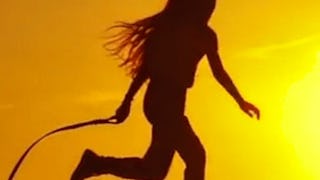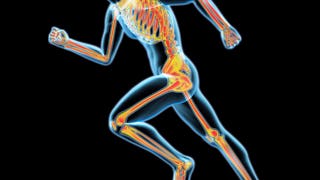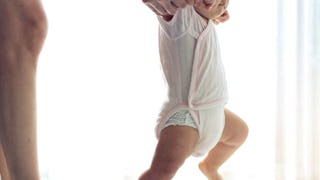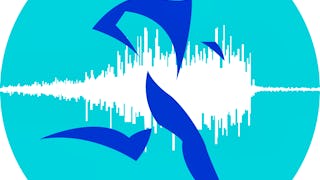This course will take you through the kinematics of human locomotion including modeling upright walking as a controlled fall, how muscles and bones work together to move individuals using a series of joints and levers, and how the abductor mechanism works to solve the “seesaw problem” of side-to-side wobbling. You will also understand how paleoanthropologists look for musculoskeletal adaptations in fossils to reconstruct how something in the past moved. You’ll explore how musculoskeletal adaptations correlate with bipedalism, as well as what significance these clues hold for telling us about how hominins moved. Additionally, you will learn the kinematics of other habitual striding bipeds found in the animal kingdom.



Mechanics & Origins of Bipedalism
This course is part of Bipedalism: The Science of Upright Walking Specialization

Instructor: Jeremy DeSilva
Access provided by Rhenus Assets & Service GmbH & Co. KG
Skills you'll gain
Details to know

Add to your LinkedIn profile
3 assignments
See how employees at top companies are mastering in-demand skills

Build your subject-matter expertise
- Learn new concepts from industry experts
- Gain a foundational understanding of a subject or tool
- Develop job-relevant skills with hands-on projects
- Earn a shareable career certificate

There are 3 modules in this course
This module provides an introduction to the kinematics of human locomotion and the musculoskeletal adaptations for bipedalism.
What's included
11 videos11 readings1 assignment2 discussion prompts6 plugins
This module explores how other bipedal walkers move uniquely.
What's included
5 videos1 reading1 assignment2 discussion prompts
This module provides an overview of human evolution and explores the origin of bipedalism.
What's included
17 videos7 readings1 assignment2 discussion prompts18 plugins
Earn a career certificate
Add this credential to your LinkedIn profile, resume, or CV. Share it on social media and in your performance review.
Instructor

Offered by
Why people choose Coursera for their career




Explore more from Health

Dartmouth College

Dartmouth College

Dartmouth College

University of Colorado Boulder

